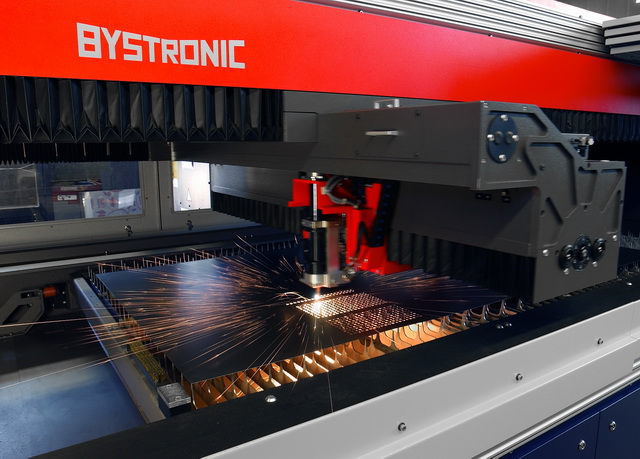Looking into Whether It Is Cost-Effective for Businesses to Use Commercial Laser Cutting
Modern manufacturing relies on laser cutting, a technology known for its precision and speed. What sets it apart from other cutting methods is its potential for cost savings. Installations of laser systems in various industries, from automotive to aerospace, have opened up a pathway to the financial benefits of this technology. Although the technology has been around for several decades, it keeps gaining ground as a process standard across industries. This article serves as an introduction to why laser cutting is considered so cost-effective, with a special focus on the automotive, aerospace, and energy sectors.
Investing right off the bat is, simply put, a smart idea. In other words, investing pays off. It's the smartest way to save up your money and make sure that you have enough when it's time to retire (that is, if you ever actually "retire"). With any interest rate at all, your little bit of extra cash will multiply over the years into a mighty pile.
The large amount an individual or business must invest upfront in acquiring a laser machine necessitates a good amount of thought and some return-on-investment (ROI) calculations. With adequate planning and the right equipment, a laser can be a highly cost-efficient way to accomplish precise, high-quality cutting at a rate that few other similar production techniques can match. Better still, laser cutting offers a high degree of material-use efficiency and minimal amounts of waste compared to other cutting methods.
Decrease in Material Discard
Laser cutting is a very cost-effective way to work with sheet materials. The argument for it comes on two fronts. One is how closely it can be situated to the final part's geometry since the beam of a laser can be controlled so precisely. This basically means that you can make your parts much closer together than you can using, say, a router. And since parts can be made close together and still come apart, you're not really sacrificing any of the part's features by using a more cost-effective method of making it. Best benefit: the technology is very sustainable, particularly when compared to the overuse of energy needed to power gas-controlled cutting systems.
Improved efficiency leads to increased productivity and lower labor costs.
Automated laser cutting systems really cut down on how many people it takes to run them. You set the parameters for the job and load up the material and let the machine make the part. It makes virtually no mistakes. The next part, which is the same as the first part, comes out as perfect as the first one. These machines are perfect for automating any repetitive sheet metal part that comes out of a press break, turret press, or punch press. They're also good for any job that only requires a few parts.
How energy efficiency affects the costs of operation
Today, laser cutters are cutting more parts than ever before. And with the introduction of much more energy-efficient fiber lasers, they're also doing it at a much lower cost. Fiber lasers are around 70% more efficient than the traditional CO2 lasers that have historically been used for industry. Finally, fiber lasers cut faster and use less power than the alternatives in certain applications (they can be 200–300% quicker when using a 4-kW fiber laser compared to a 4-kW plasma system, for example).
Customer satisfaction and product quality.
Laser cutting's top-notch finish minimizes the demand for additional operations like deburring or finishing, thus decreasing costs even more. The technique's reliability, in terms of making clean, precise cuts, together with the intricate details it can render, adds up to a superior product that keeps customers satisfied and coming back for more. And that, in the end, is what counts for a company's bottom line.
In conclusion,
Commercial laser cutting is a very cost-effective technology to use for many reasons. It is not just a matter of good "cut quality," though that is an important facet of it. Good cut quality may not be good enough if a company is buying expensive materials and then reducing their cost to scrap or disposal, thereby going about the cutting operation in the least cost-efficient way either from a materials or operational standpoint. Laser cutting must not only have acceptable performance in these areas but also give a return on investment. Indeed, any technology a company adopts must possess all these qualities—performance, cost-efficiency, and that reassuring ROI.

